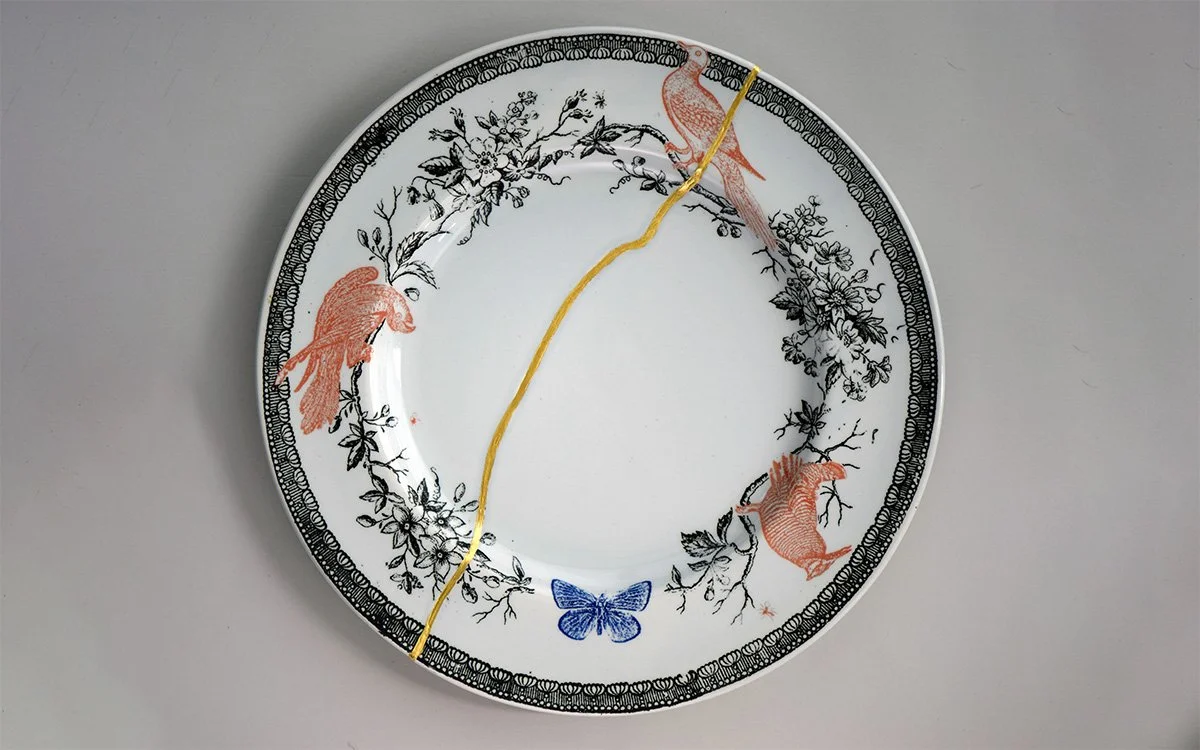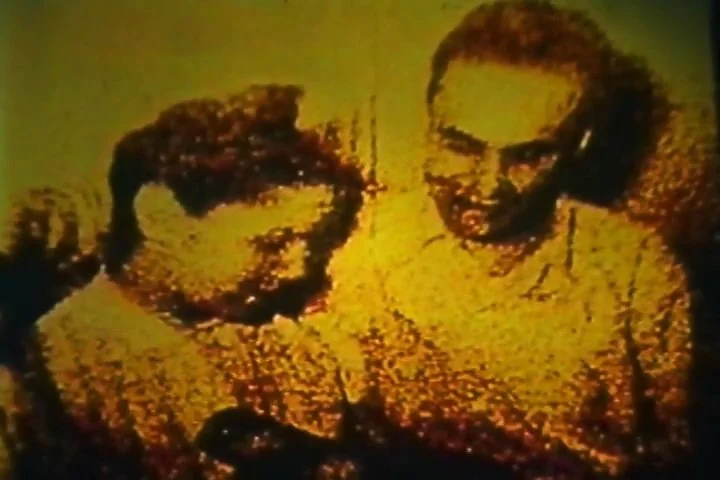At First Sight
Brush up on what’s happening at local galleries and museums this fall! New exhibitions offer a deeper look into collections, examine regional history, and offer new perspectives on traditional artforms.


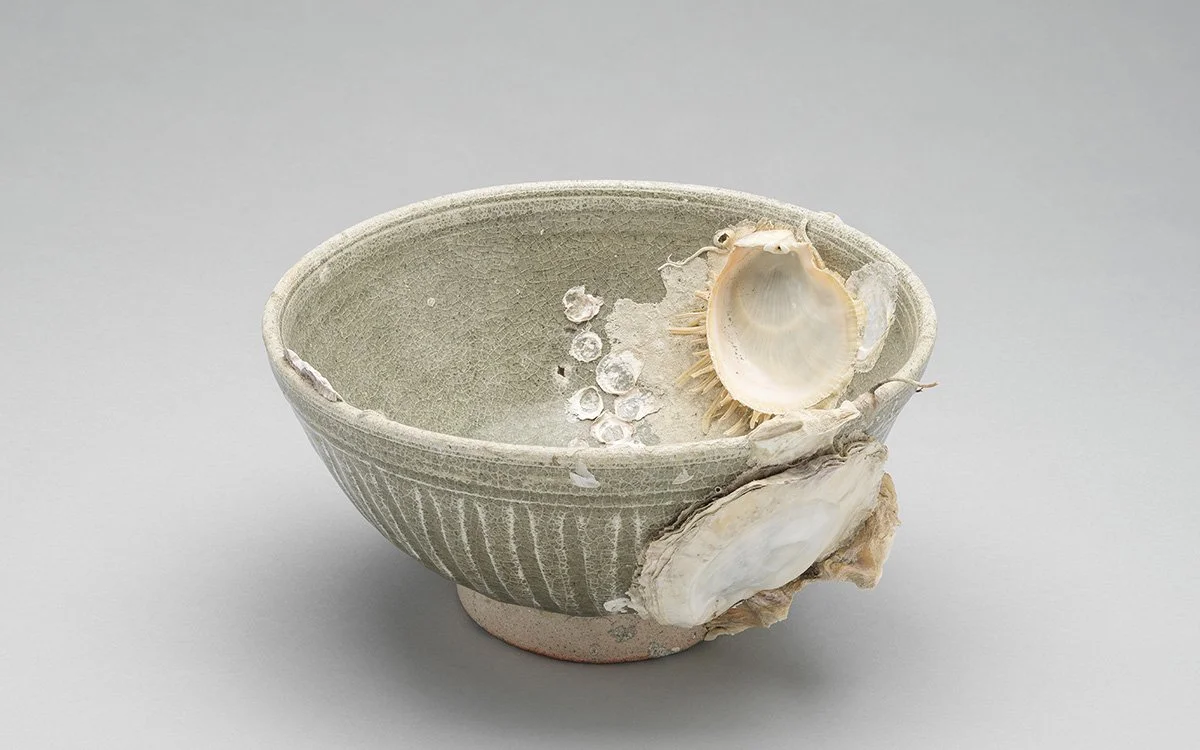
Cincinnati Art Museum reveals the untold stories behind East Asian masterpieces long housed in the museum’s collection with “Rediscovered Treasures” (Sept. 19–Jan. 18, 2026). Featuring approximately 60 objects – ranging from Japanese armor and Chinese scrolls to Korean lacquer – these discoveries were made possible through decades of scholarship, archival research, and conservation efforts.
While many of the works have been part of CAM’s collection since the late 19th and early 20th centuries, they remained un-accessioned or misidentified due to a lack of staff expertise in Asian art at the time. Since 2002, when the museum formally established its Asian art department, ongoing research led by Hou-mei Sung, PhD, Curator of East Asian Art, has improved the understanding of these objects. Their rediscovery has not only reframed the museum’s collection, but has also illuminated Cincinnati’s early cultural ties to East Asia. Each piece offers a unique story of rediscovery that enriches the understanding of East Asian art and culture.
Opening Oct. 10 at CAM, “Recall. Reframe. Respond. The Art of Paul Scott” reflects artist Paul Scott’s personal experiences of being and traveling in America, and, in his words, the need to “rebalance the narrative with something more contemporary and inclusive.”
At first glance, Paul Scott’s transfer-printed tableware may look familiar—like something you have seen in your grandparents’ china cabinet or a second-hand shop. With a closer look, you’ll find the subtle differences that add up to a powerful narrative shift. Ripe for reframing and responding, the CAM’s American art collections will serve as a springboard for Scott to present existing and new works, inviting various perspectives and initiating conversations about our shared American experience.
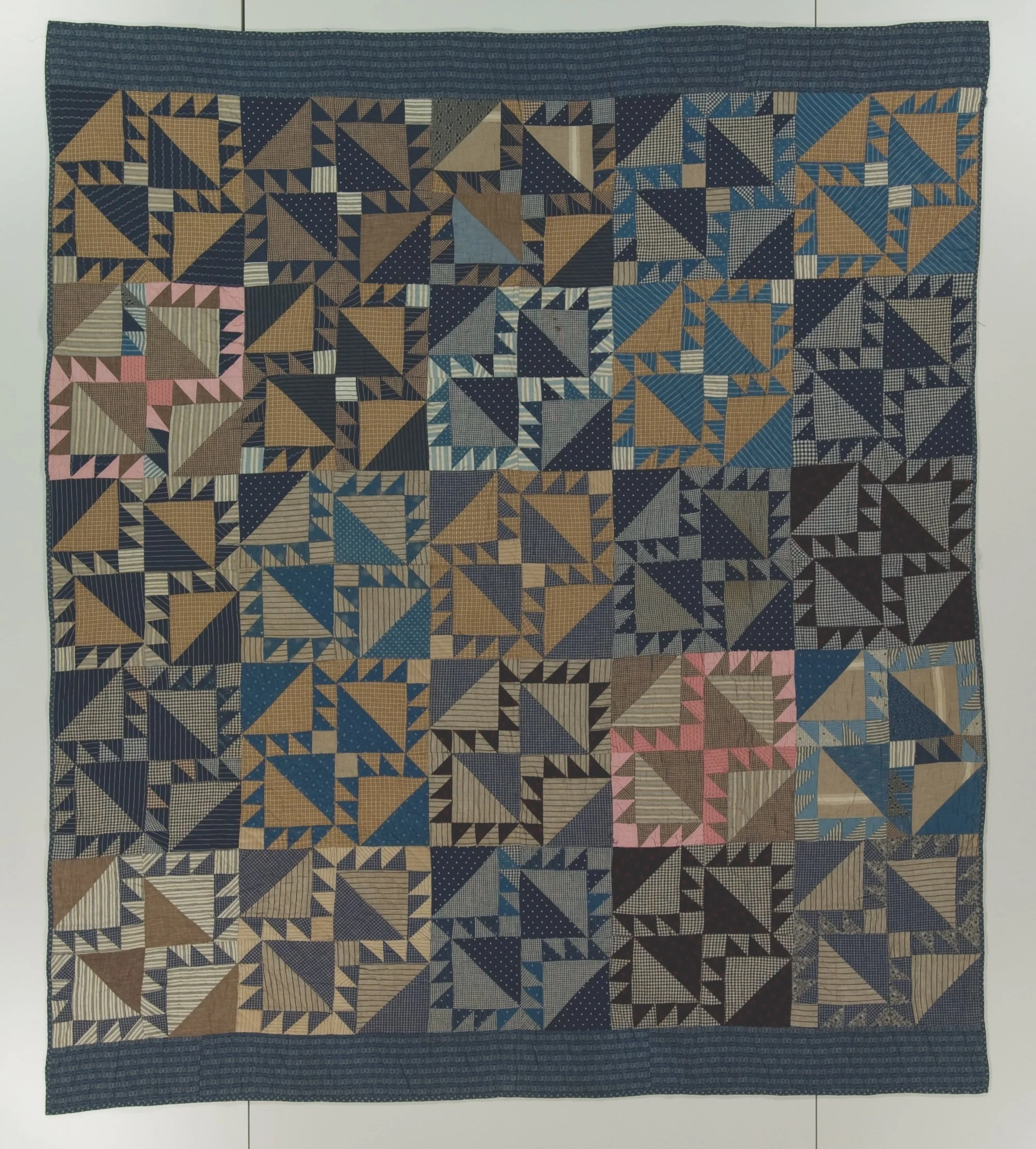
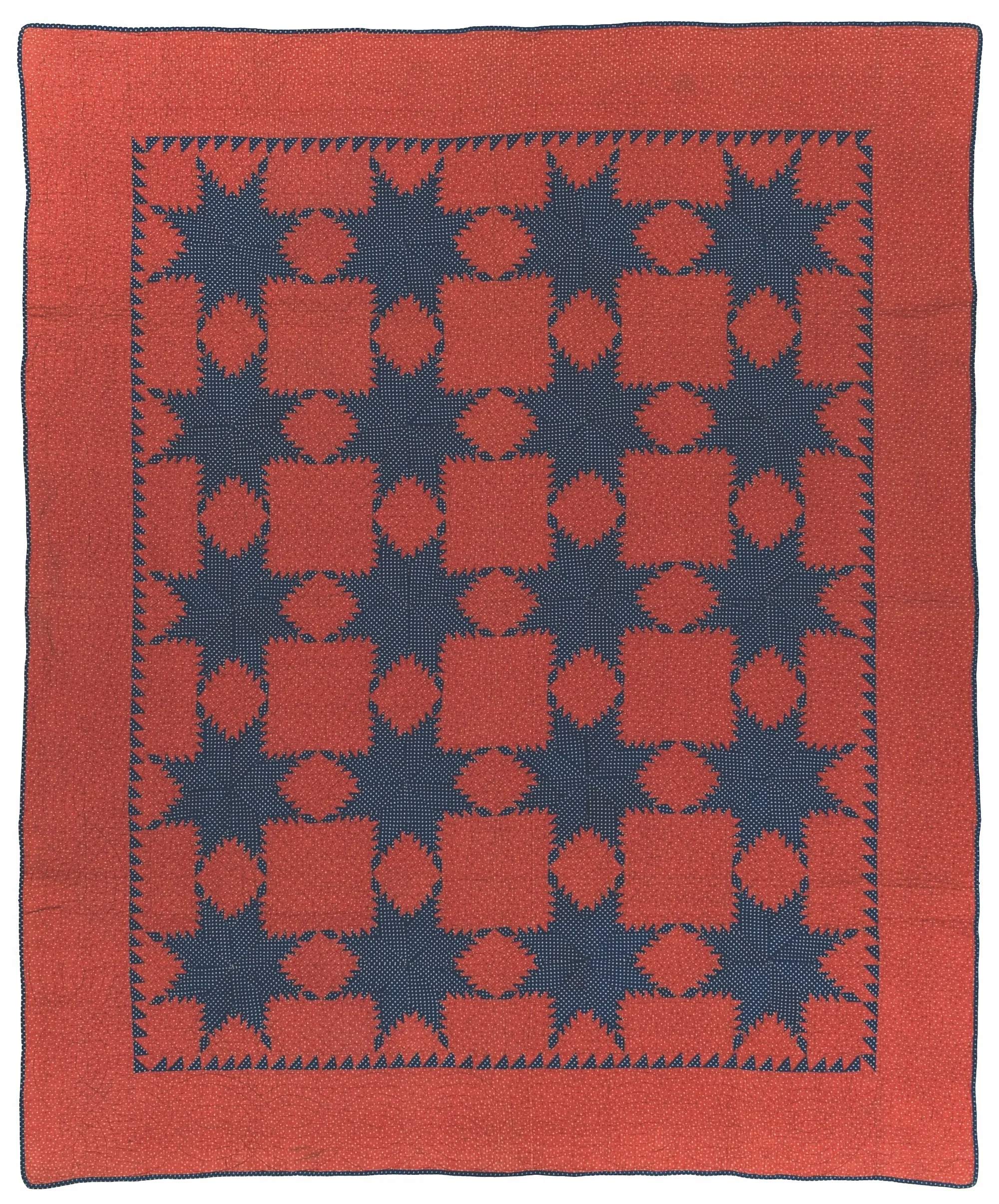

“Indigo and the Art of Quiltmaking” (Oct. 4–Jan. 11, 2026) brings 20 quilts to the Taft Museum of Art that showcase a range of indigo dyeing techniques as well as the skill, design sensibility, and artistry of the women who made them.
For thousands of years, people around the world have treasured indigo-dyed textiles for their dreamy shades of blue—from pale sky to inky midnight—and resistance to fading. This exhibition explores this rich global tapestry of historical and artistic significance through quilts created between the early 1800s to 2015, from America and beyond.
“Indigo and the Art of Quiltmaking” is organized by the International Quilt Museum, University of Nebraska-Lincoln, home to the largest public collection of quilts in the world.
Monique Long
The multidisciplinary Carnegie in Covington begins its gallery season with “All Four Seasons in Equal Measure,” opening Sept. 26.
Curated by Monique Long, “All Four Seasons in Equal Measure” is a reflection on her experiences at the Great Meadows Foundation in Louisville, Kentucky as a critic-in-residence, and how nature and concern for the environment features prominently among contemporary artists in the area.
The exhibition brings together artists Britany Baker, Kiah Celeste , Shohei Katayama , Gibbs Rounavall , Rachel Singel, and Roy Taylor, whose works highlight their intimate relationship with place and the natural world. Their creative output explores the beauty of the environment and its precarities through works on paper, photography, sculpture, video, and installation.
Sheida Soleimani, “In Commission,” 2024, Archival pigment print, 40 x 30 inches. Image courtesy of the artist, Harlan Levey Projects, Brussels & Edel Assanti, London.
Artists with Cincinnati connections and global reach open the Contemporary Arts Center’s 2025–26 season.
“Sheida Soleimani: What a Revolutionary Must Know,” opening Oct. 18, brings together her full “Ghostwriter” series—visually arresting photographs, sculpture, and video that piece together the remarkable journey of her parents' escape from Iran’s totalitarian regime.
Soleimani, raised in Loveland, is an Iranian-American artist, educator, and activist whose multimedia work excavates histories of political violence connecting Iran, the United States, and the broader Middle East. Born to parents who fled Iran as political refugees in the early 1980s, Soleimani transforms source images from mass and digital media into striking photo-based installations, often staged in surreal, symbolic environments. Her practice spans photography, sculpture, collage, and film, offering viewers layered critiques of authoritarianism, exile, and diaspora.
That exhibition will run concurrently with “Lillian Schwartz: Pictures from a Gallery,” which pays tribute to family, memory, and Schwartz’s Cincinnati roots in the short film “Pictures from a Gallery” (1976).
Still from "Pictures from a Gallery" by Lillian F. Schwartz.
Born in Cincinnati, Schwartz was a trailblazer in computer-generated art. Her career began with sculpture and evolved into groundbreaking work at Bell Labs, where she collaborated with early digital composers and scientists on films and animations that defined a new visual language. Despite facing sexism and skepticism in both tech and art circles, Schwartz’s pioneering spirit led to international acclaim, with exhibitions at the Museum of Modern Art, the ICA London, the São Paulo Biennial, and Cannes Film Festival.
“Pictures from a Gallery” – a six-and-a-half-minute film – offers a rare glimpse into the artist’s deeply personal relationship with Cincinnati, and reinforces themes of memory, place, and familial connection.


